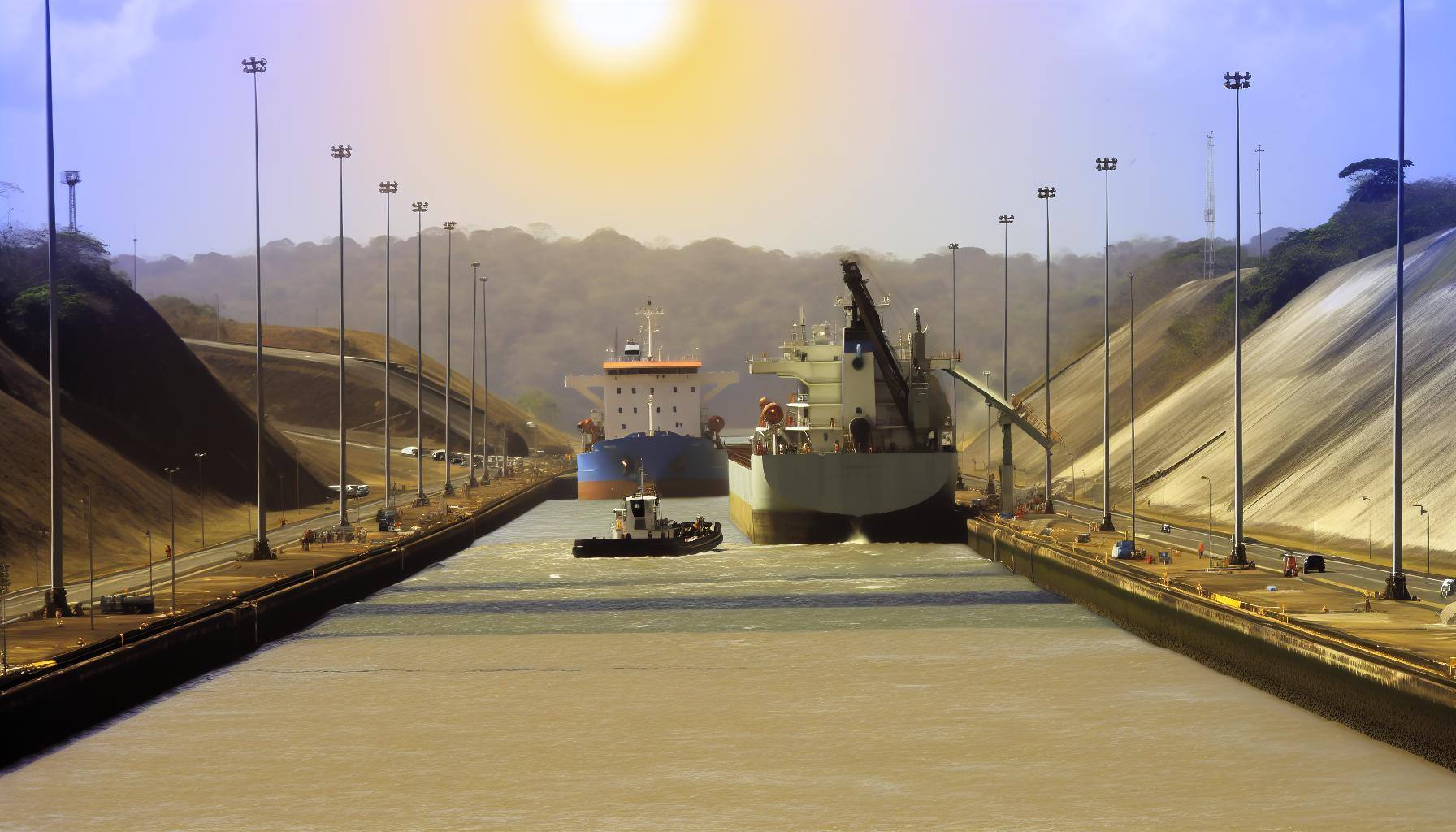At the World Energy Congress in Rotterdam, industry leaders and government officials discussed the complexities and opportunities in today's volatile energy landscape.
Among the critical topics was the Panama Canal's role in global trade, particularly in the transit of energy commodities, which comprise 40% of its traffic. Recent global disruptions and climate variability, particularly the El Niño phenomenon, have underscored the Canal's importance and the need for robust management strategies.
Dr. Ricaurte Vásquez Morales, the Administrator of the Panama Canal, highlighted the proactive measures taken to combat the drought induced by El Niño. This climate pattern resulted in low reservoir levels, threatening the Canal's operations. In response, the Canal implemented water-saving measures, such as cross-filling locks and reducing transits, to maintain operations and ensure the provision of drinking water for approximately half of Panama’s 4.5 million residents.
The reservation system for vessel transits was also optimized, enhancing the Canal's reliability. Previously, only 70% of transits were booked in advance. The new system ensured timely transits for all pre-booked vessels, significantly reducing waiting times and carbon emissions from idling ships. The first quarter of the year saw a 10-hour reduction in wait times compared to the previous year. The goal is to make this reservation system permanent to further improve operational efficiency.
Recent updates to the transit date regulations now allow vessels to transit up to two days earlier than their reserved dates, further accommodating the dynamic needs of global maritime traffic. Despite forecasts by the World Trade Organization predicting a 2.6% growth in global trade this year, challenges remain. The UN Conference on Trade and Development (UNCTAD) emphasizes the need for international collaboration to tackle these risks, which threaten economies and multilateral solutions.
The resilience of the Panama Canal during the drought highlights the necessity for ongoing investment and innovation to ensure its future viability. Climate variability poses a long-term risk, with extreme weather events like El Niño expected to recur. Additionally, Panama’s growing population and expanding seaborne trade will increase water demand.
To address these challenges, a long-term solution, such as constructing a new reservoir, is being explored. This reservoir would provide capacity for an additional 11 transits, enhancing the Canal's security and reliability. However, this project requires support from the government and local communities in the Panama Canal Watershed area.
While no single project can resolve the water challenge immediately, continuous innovation and investment are crucial. The Panama Canal's future depends on maintaining trust, security, and resilience. As global trade and climate conditions evolve, the Canal remains committed to providing reliable service and contributing to a sustainable energy future for decades to come.

Source: Hellenic Shipping News





